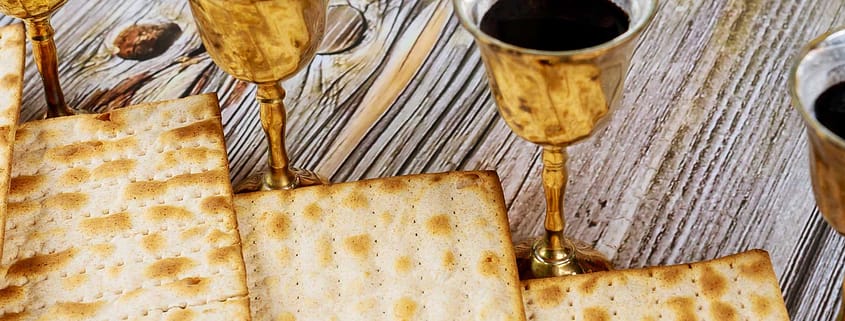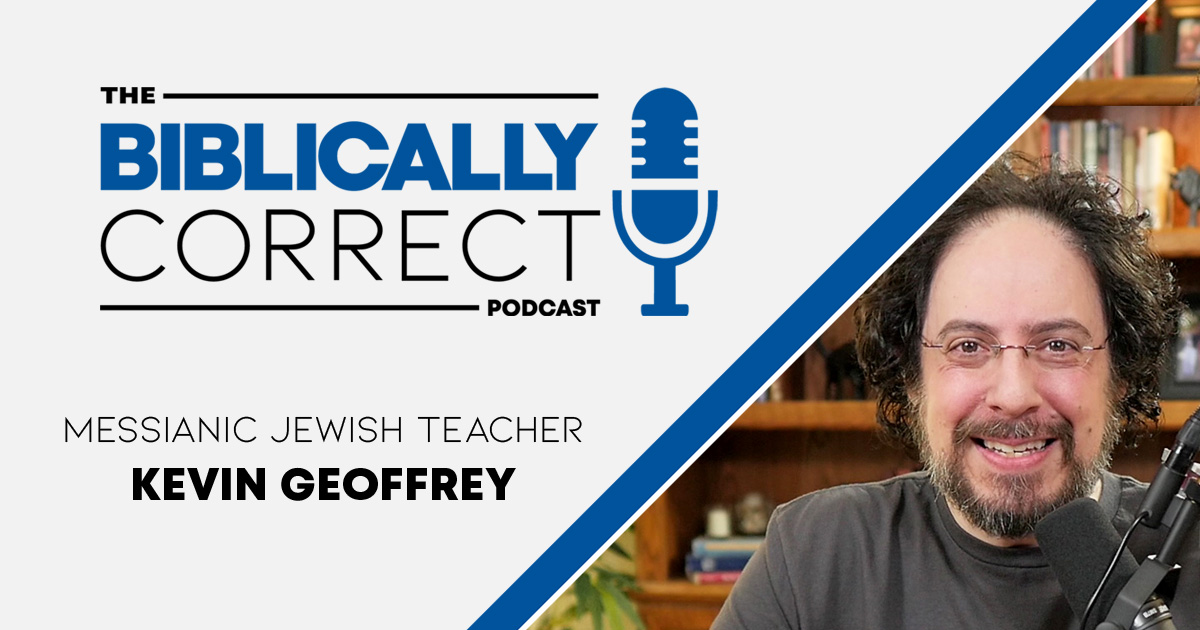Did Yeshua Really Institute Communion?
Communion is one of the main sacramental rites of Christianity, believed to have been instituted by Yeshua Himself at His last supper. But when the Master said to His disciples that the bread is “My body” and that the cup is “the New Covenant in My blood” (Luke 22:19), was He really initiating a new ordinance for believers? What did He actually mean? The context gives us our answer.
Firstly, given the numerous examples of Yeshua’s use of figurative language to communicate deep spiritual ideas, we can be confident that He did not mean that the bread and cup were literally His body and blood.
Secondly, Yeshua spoke these words on the eve of His execution during His final Passover with His disciples. The Passover itself is a memorial—a remembrance—of the very first Passover in Egypt. A component of the Passover meal is the matzah (unleavened bread) which is prescribed by Moses in the Torah to be eaten with the Passover lamb as part of the annual reminder of how Israel was finally set free from centuries of slavery (Exodus 12:14). Additionally, like most every other normal meal they would eat, their Passover also included the fruit of the vine. So these elements—the bread and drink—were both just part of a normal Passover meal. There was nothing unusual or out of the ordinary about them.
According to Matit’yahu 26:26-28,
“And as they were eating, Yeshua, having taken some matzah bread and having blessed it, broke it and, giving it to the disciples, said, ‘Take, eat—this is My body.’ And having taken the cup and having given thanks, He gave to them, saying, ‘Drink of it, all of you, for this is My blood of the [covenant] that for many is being poured out—for release from sins’” (mjlt).
So when Yeshua said “this [bread] is My body” and “this [cup] is My blood,” what He was actually doing, in the context of the Passover memorial meal, was to link the annual remembrance of the events of the Exodus also to Himself.
Yeshua was explaining how He fulfilled and embodied the Passover. In the same way that those perfect Passover lambs were sacrificed—with their blood painted on the doorposts of Israel’s homes, causing God’s judgment to pass over them, to save their firstborn from death, and to set them free from physical slavery—so would the sinless body and blood of the Lamb of God, Yeshua, be sacrificed on behalf of the world, so that God’s judgment would pass over anyone who believes in Him, saving us from eternal death, and setting us free from the slavery of sin. Yeshua makes this meaning explicitly clear in saying that His blood was being poured out “for release from sins.” Release and freedom are the very themes of Passover.
So the “this” that Yeshua wanted His disciples to do to the remembrance of Him (Luke 22:19), was that when they remembered this major event from Israel’s history (the Passover and subsequent Exodus from Egypt), that they also see in it a foreshadowing of Yeshua—that He is the Lamb of God who has come to take away the sin of the world (John 1:29). In other words, when we eat the matzah and drink the fruit of the vine at each Passover, Yeshua wants us to consume the reality that there is no true life without Him—that there is no hunger and no thirst that He cannot satisfy—and that we remember the greatest event in all of human history, namely, the once-and-for-all sacrifice that truly sets us free.
Did this post bless you?
♥
While Scripture does indeed teach us to share a communal “Lord’s supper,” nowhere does Yeshua ever institute a new sacrament for the Christian church known as the eucharist or communion. In saying “this is My body,” “this is My blood,” and “do this to the remembrance of me,” Yeshua was in no way creating a standalone ritual separate from its historical, Jewish context in the Passover memorial meal. Instead, He was explaining His fulfillment of the Passover and the Exodus, and teaching us how to remember them with their meaning completed in Him.
What do you think? Share your thoughts in the comments below!






Well said, It is good for the church to share in the elements in remembrance of Yeshua and the sacrifice he made for each of us, taking our sins to the cross and by his resurrection we have the hope of eternal life. But often the connection is not made of His fulfillment of the Passover to the congregation. Thank you
Very good explanation. I admit I did not see the connection of Yeshua to Passover in exactly the way you explained it, but I like it.
Yeshua’s sacrifice at Passover may have been a sin sacrifice, but the passover lamb sacrifice was not- it was a friendship sacrifice. We know that because the people bringing the sacrifice also got to eat of the meat of that sacrifice, which is only done with a friendship (also called a Thanksgiving) sacrifice.
That also fits in with Passover, because the friendship sacrifice was usually the last one offered, and represented communion with God: the order of sacrifice would be the sin or guilt sacrifice (to be forgiven and cleansed of sin), then a wholly burned sacrifice (representing renewal of complete obedience and worship to God), and finally the friendship, shared with God and eaten in a holy place (not possible at the first Passover) to represent reconnecting with the Lord.
Yeshua’s sacrifice did foreshadow his coming and what he would do for us, but if we really wanted to identify it, it is more of a Yom Kippur goat sacrifice than a Pesach lamb sacrifice.
But I prefer calling Yeshua the lamb of God instead of the goat of God. 🙂